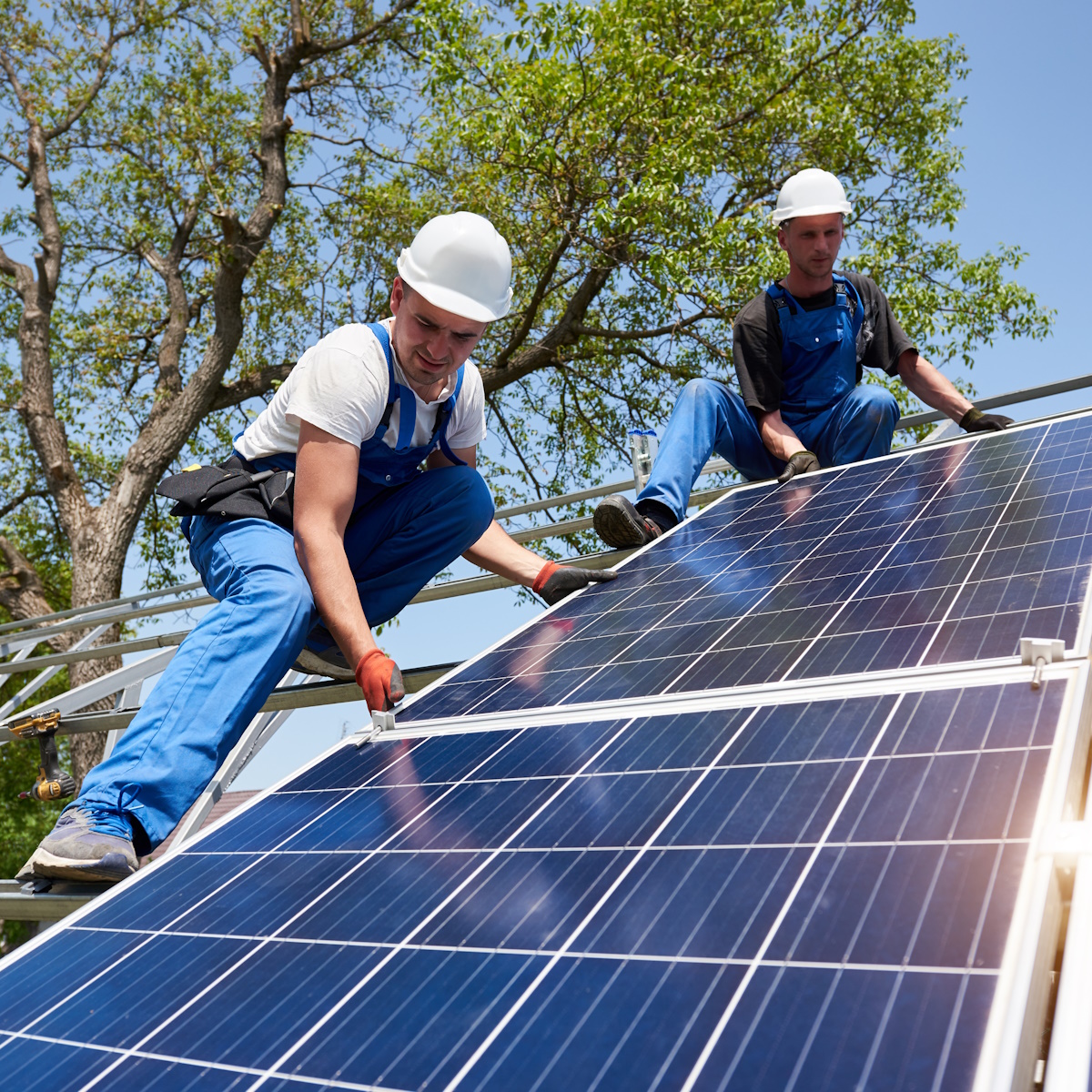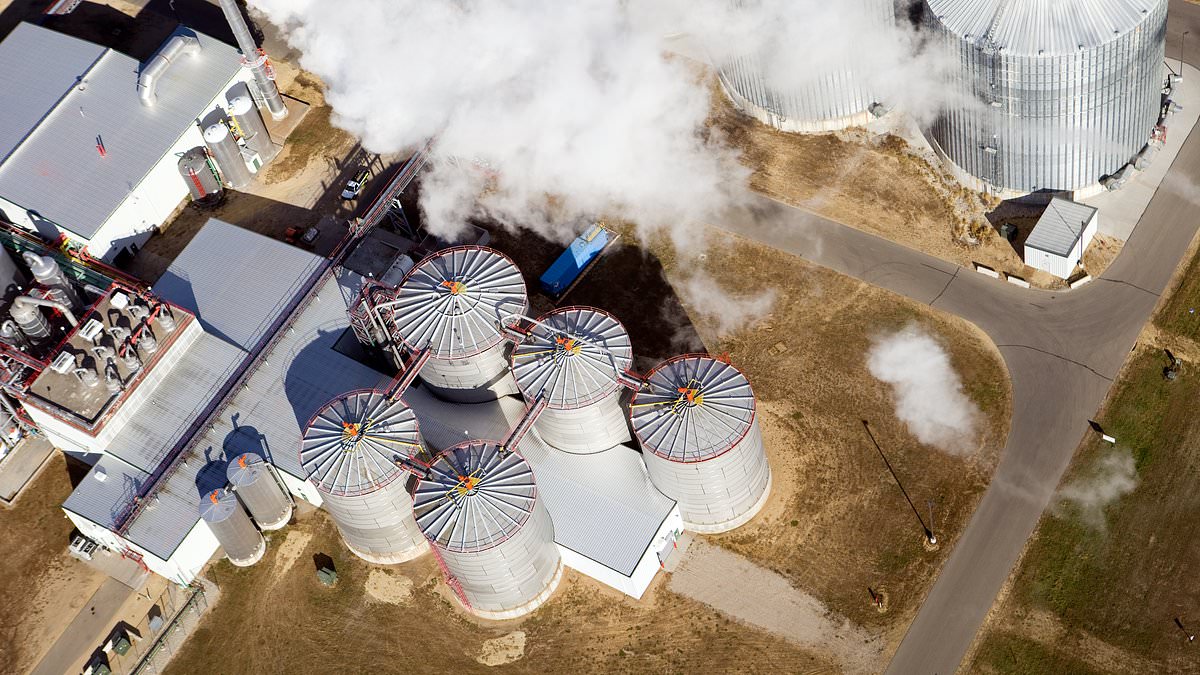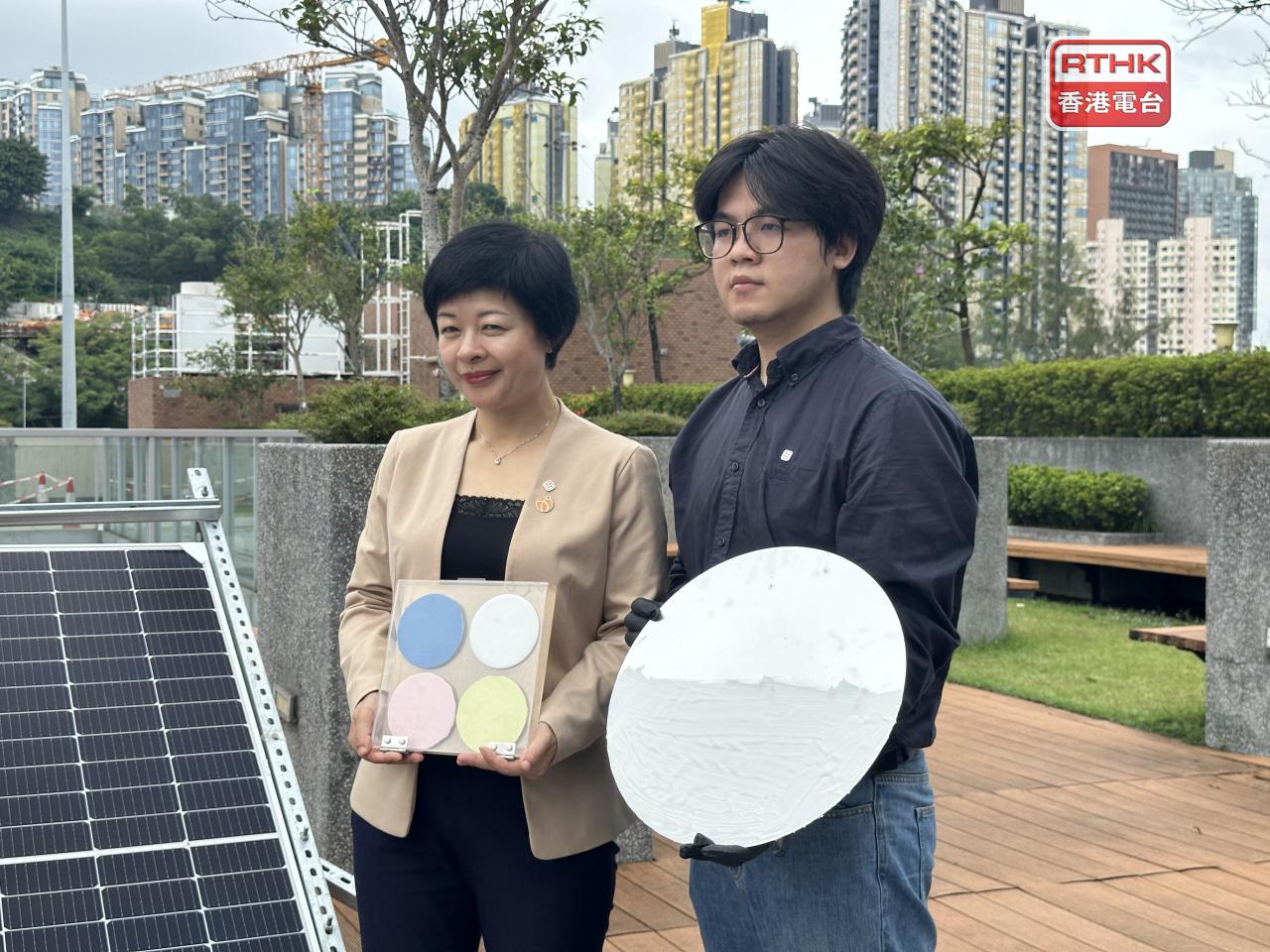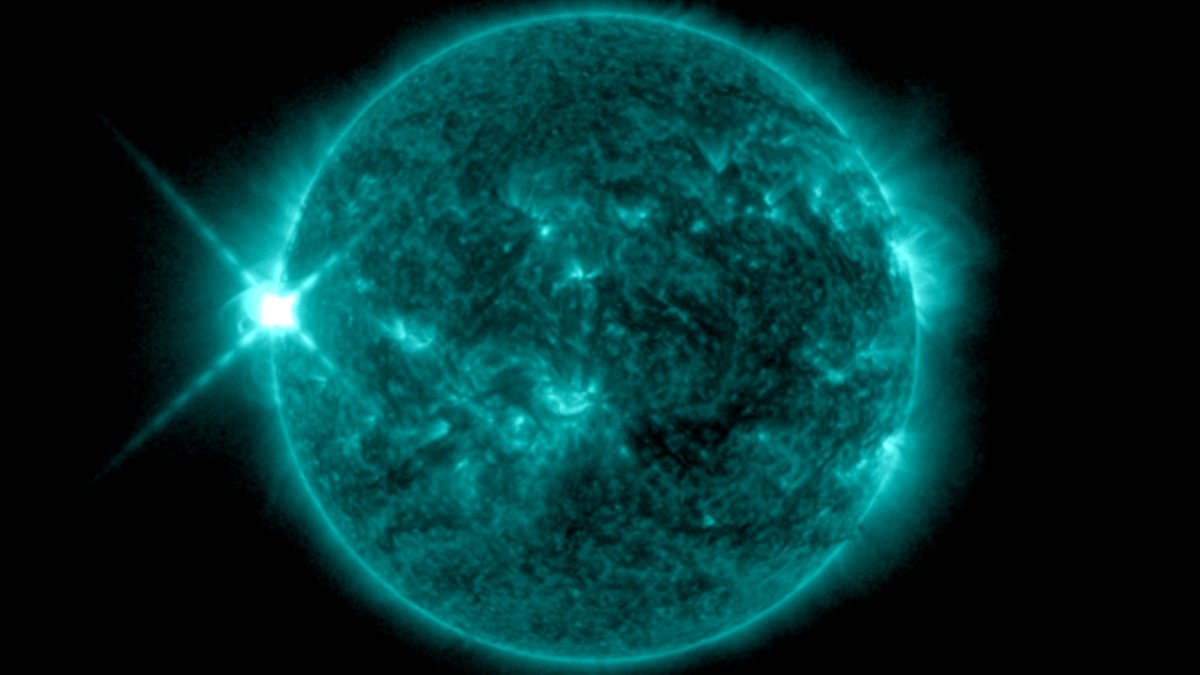Rapid Solar Energy Adoption and Emerging Risks
South Africa has seen a rapid increase in rooftop solar installations, with households and businesses adding over 5,400 MW in just one year. This surge has alleviated pressure on the national grid, resulting in the longest break from load-shedding since January 2022. However, this growth in solar energy adoption has also raised significant safety concerns. Firefighters report that one in six fires they respond to daily involves solar installations.
Dr. Andrew Dickson, Engineering Executive at CBI-electric: low voltage, identifies the main causes of these fires: substandard installations, ground faults, arcing, lack of maintenance, and environmental debris such as dust, leaves, and dirt. “Current owners and those considering making the switch must do their due diligence to ensure the safety of their rooftop solar installations,” he advises.
Essential Safety Tips for Solar Energy Installations
Avoid ‘Fly-by-Night’ Installers
Beware of substandard installers. The Consumer Goods and Services Ombud (CGSO) has noted an increase in complaints about poor workmanship and unsafe solar system installations. Always choose certified and experienced installers who adhere to industry best practices and safety standards. Ensure they provide a Certificate of Compliance, which is essential for insurance and warranty purposes.
The solar boom has led to a rise in counterfeit panels and equipment that do not meet safety regulations. Insist on high-quality components from reputable manufacturers with proper certification documents. If a deal seems too good to be true, it probably is.
Safeguard Your Investment
Voltage spikes from lightning or electrical disturbances can damage inverters and batteries. Install surge protection devices (SPDs) and conduct periodic inspections to ensure they are functioning correctly. Most warranties do not cover damage from these incidents without proper protection in place.
Solar PV systems use direct current (DC), which poses a high risk of damage if arcing occurs. Arcing, an intense burst of light and heat from electricity jumping a gap, causes over 40% of fires in these systems. Use DC circuit breakers designed for solar systems to minimize arcing impact by timely interrupting the circuit. Ensure these breakers are certified for the installation’s correct operating characteristics and are not affected by environmental temperature changes.
Maintenance Is the Magic Word
Regularly inspect your panels for cracks, corrosion, or debris buildup. Check conductors for insulation fatigue and corrosion, and ensure connections are tight. Schedule a professional inspection every five years to identify potential problems and ensure everything is functioning properly.
Dust and grime can reduce solar efficiency and increase maintenance expenses. Clean your panels with a gentle hose spray and soft brush, especially in cooler mornings or evenings to avoid sudden temperature changes. Consider professional cleaning every one to two years for stubborn dirt.
Stay Watchful
Monitor your solar power system’s performance data for any unusual drops in efficiency. This could indicate dirty panels, inverter issues, or ageing components needing closer inspection. Monitoring helps ward off potential catastrophes.
By following these steps, you can ensure a safe and efficient solar energy system. Dr. Dickson concludes, “While going off-grid has a high price tag of between R150,000 and R350,000, skimping on safety can cost significantly more. Unsafe installations risk property damage, injury, or even death. Investing in proper safety measures is the smartest decision for your wallet and well-being.”
Source:itweb.co.za





